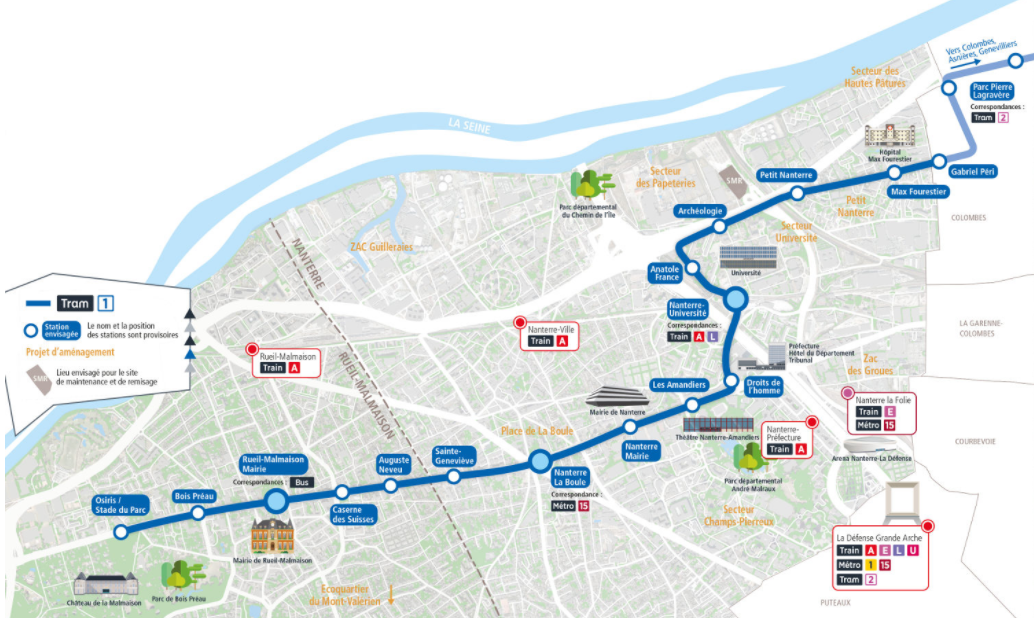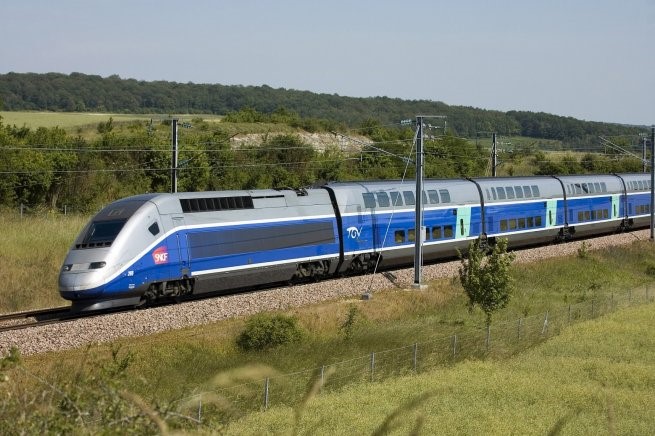 EXPLAIN delivered a presentation in the session dedicated to Traffic Control and Flow management. We introduced a dynamic macroscopic modelling approach that we devised to describe congestion on the motorways around Aix-Marseille-Méditerranée, under the impulse of the National Highway Authority (DIRMED).
EXPLAIN delivered a presentation in the session dedicated to Traffic Control and Flow management. We introduced a dynamic macroscopic modelling approach that we devised to describe congestion on the motorways around Aix-Marseille-Méditerranée, under the impulse of the National Highway Authority (DIRMED).
On highly congested roads with a demand that may vary heavily with time of day, opting for a dynamic model over a static one provides substantial gains in accuracy. Nevertheless, for the model to be accurate, the variations of transport demand induced by a reconfiguration of a road or the network, or a regulatory measure, must be adequately described. This aspect is often discarded in dynamic models, although it has been established by several case studies across the world that the expected improvements following a road project are largely absorbed by the traffic thus induced. To take this into account, we have integrated the feedback of the traffic conditions on the transport demand in a dynamic traffic model, in order to test the impact of some contemplated regulation measures on the motorway binding Aubagne to Marseille (which is saturated in the morning rush hour). The model was applied with success and helped us define solutions for a better control a more efficient distribution of congestion across the network enabling for example better travel times on routes used by buses.






 The south Bordeaux rail project is estimated at 800 M€. It includes new tracks, improvement of existing stations, closing of railway crossing with the objective to increase frequency and reliability of trains between Bordeaux and Langon, Marmande and Agen.
The south Bordeaux rail project is estimated at 800 M€. It includes new tracks, improvement of existing stations, closing of railway crossing with the objective to increase frequency and reliability of trains between Bordeaux and Langon, Marmande and Agen.

